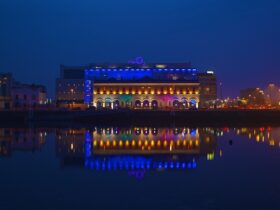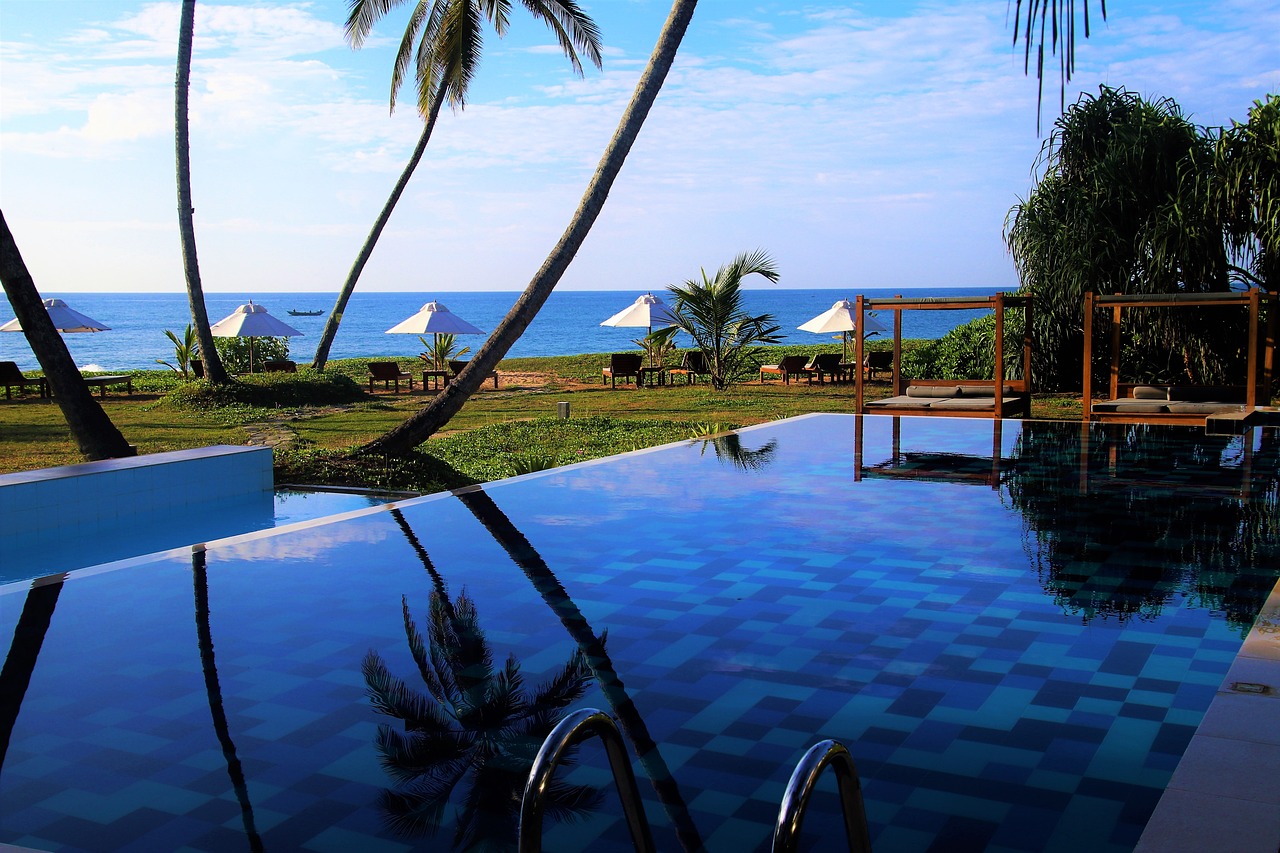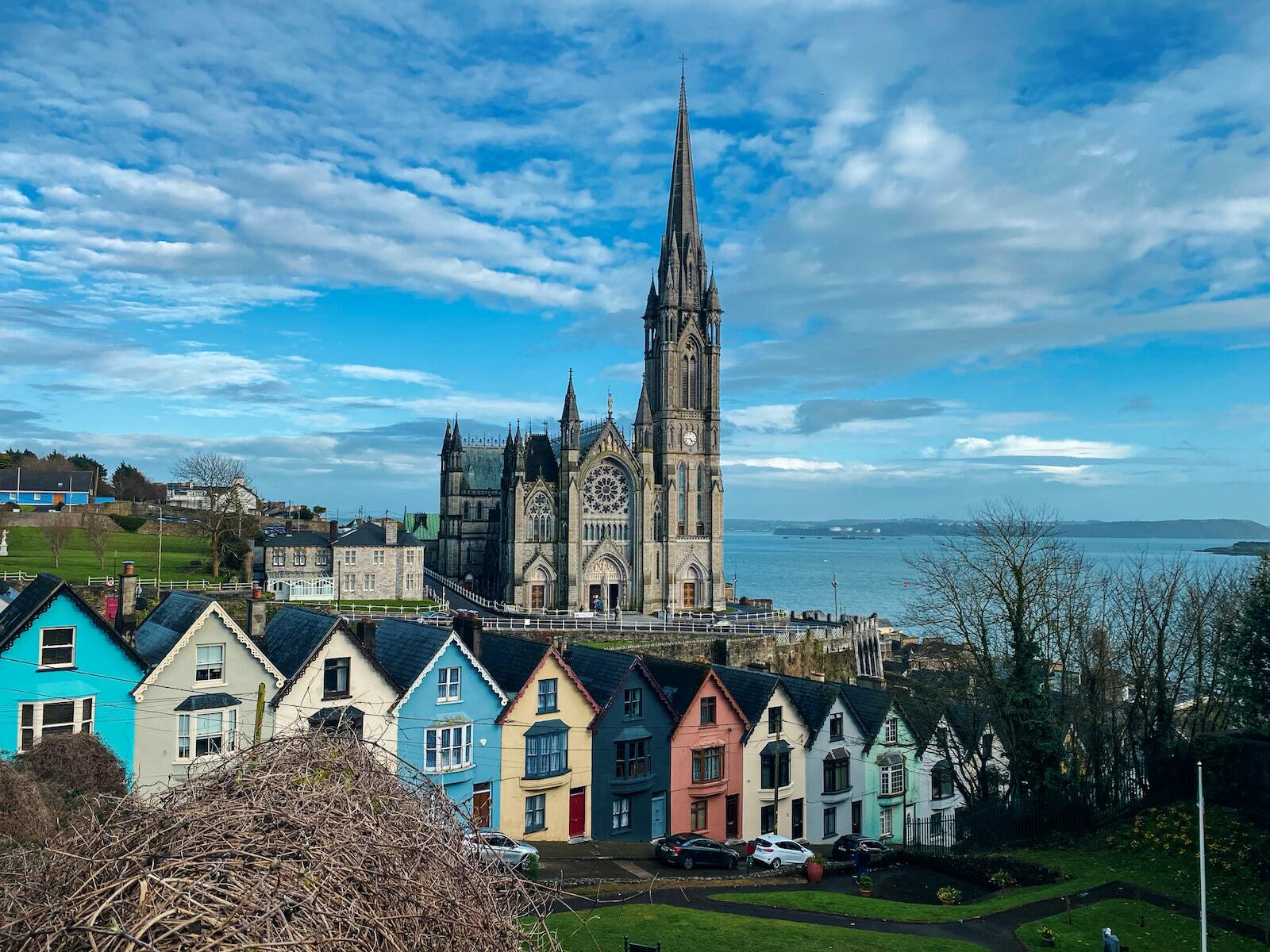This ancient city was a popular place for monks and scholars, and you can enter the island through its only remaining monastic gateway. Be warned, though, that it can get very crowded with tourists. There are several viewpoints that offer amazing views and you could spend hours exploring the area. A visit to O’Brien’s Tower is a must and will allow you to see all the majesty of the Cliffs.
The Ring of Kerry
If you’re a lover of the sea and rugged coastal landscapes, you can’t miss the Ring of Kerry. Located in southwest Ireland in County Kerry, the Ring of Kerry is a 179-km scenic drive that encompasses both rural seaside villages and wild mountain terrain. Skellig Michael is one of the main destinations along the way. During the warmer months, several boats leave from Portmagee to make the 12km crossing.
There are many attractions in the Ring of Kerry. You can visit Kenmare, which translates to “Head of the Sea,” or see the famous Staigue Stone Fort. The latter is free to visit, but donations of EUR1 are appreciated. Other popular attractions in the Ring of Kerry include the Derryane House, home to Daniel O’Connell.
Glendalough
Glendalough is a rich history site. It was built as a monastery in the 6th century by St. Kevin and grew to be one of Ireland’s finest schools of learning and religious foundation. Unfortunately, the monastery was destroyed by the Normans in 1214.
The valley of Glendalough is an area of outstanding natural beauty. Visitors can enjoy many outdoor pursuits such as deep-sea fishing, cycling and walking in the region. Other attractions include the Ogham Stones and the site of one of the most significant monastic sites in Ireland. The area is also home to one of Ireland’s best-preserved monuments.
There are many hiking trails in and around the area. The Spinc Trail, for example, is one of the more difficult climbs, but rewards hikers with stunning views of the valley and its lakes. Hikers can start at the Visitor’s Center and make their way up and down the loop, which stretches over two to four hours. The Green Road Walk is another popular hiking route, which winds through the oak trees before dipping into the Lower Lakeside wetland.
Powerscourt House and Gardens
One of the best ways to see this beautiful estate is to drive to the estate and spend the day exploring it. It is easy to reach from Dublin and offers day trips that include entry to the gardens and house. In addition, visitors can relax at several upscale restaurants and cafes. One popular eatery is the Avoca cafe, located inside the main house. The cafe serves light meals, cakes, and drinks. The Powerscourt estate also includes a luxury hotel.
Designed in the 1730s, the Powerscourt Estate features 47 acres of landscaped gardens with lakes, statues, terraces, and formal gardens. The property is also home to Ireland’s tallest waterfall, the Powerscourt Waterfall, which is 121 metres high and open year-round.
The Rock of Cashel
The Rock of Cashel is an ancient royal site and one of the top must see sights in Ireland. It is perched atop a limestone rock formation in the Golden Vale. The site includes a Romanesque Chapel, High Cross, and 12th century round tower. There is also a 15th century castle and a 13th century Gothic cathedral. The Rock of Cashel is also home to the Hall of Vicars Choral and an audiovisual show. It was once the residence of the High Kings of Munster, until the Normans invaded Ireland.
It is one of the most popular sites in Ireland, and it contains some of the country’s most fascinating history. One of the oldest structures is the round tower, which is the tallest building on site. Another interesting structure is the fifteenth-century Hall of the Vicars Choral, which was built by laymen appointed by the church. The Rock of Cashel is associated with St. Patrick, and the name comes from the Irish word caiseal, meaning “rock”. Visitors can also see ruins of Romanesque churches, such as St. Mary’s. In addition, the Rock of Cashel contains a large graveyard with several high crosses.
National Museum of Ireland
The National Museum of Ireland is one of the most popular and fascinating sights in Dublin. It is located on Upper Merrion Street, close to St Stephen’s Green, and has a collection of over 10,000 different exhibits, ranging from small insects to giant mammals. For example, it is home to the skeleton of the megaloceros giganteus, a mammal that went extinct at the end of the last Ice Age.
The museum has a collection of ancient items, including bog bodies. The bogs of Ireland were once home to many human remains and ancient weapons. Many of these objects were discovered in the 1800s, and the Irish Museum is home to some of them. The museum is home to the famous Old Croghan Man, and also has collections of Viking and Celtic art. The museum also houses objects from medieval castles, including farming tools and other objects.
The Cliffs of Moher
There are plenty of different ways to get to the Cliffs of Moher. The best way is by car and it’s best to buy your Cliffs of Moher tickets in advance. If you want to avoid the crowds, go during the off-peak tourist season between June and August. A good time to visit is during sunrise or sunset, when you can enjoy the most dramatic views of the cliffs.
You can also check out the Cliffs of Moher Visitor Experience, which was opened in 2007. The Cliffs of Moher Visitor Experience offers a hands-on experience, where visitors can learn more about the cliffs and the wildlife that lives in the surrounding area. The Cliffs of Moher Visitor Experience also offers rare views of underwater caves.
Grafton Street
Grafton Street is a pedestrian-only street that runs through the heart of Dublin. It connects Trinity College with St. Stephen’s Green. It is packed with shops, restaurants, and pubs. It is also home to numerous street performers. Be sure to check the street for hours, as they may vary depending on the vendor.
Grafton Street was once home to the famous statue of Molly Malone. The bronze sculpture was inspired by the popular Irish song “Cockles and Mussels” composed by James Yorkston in 1880. The song tells the story of a beautiful woman who was a fishmonger by day and a courtesan by night.
The street has a wealth of free entertainment. Buskers perform Irish traditional music, as well as rock and pop. One 12-year-old Irish busker was even flown to Hollywood by Ellen DeGeneres. Her talent has led her to be called the next Taylor Swift.
Killarney National Park and Muckross House & Gard
Muckross House and gardens is one of the most popular attractions in Killarney. It is built on the site of the old Franciscan monastery, which was built in 1448. Many of the original buildings were damaged, and they were once used as a burial site by local chieftans. However, they were abandoned during the Cromwellian wars of the mid-1600s. As a result, they are now ruins.
Killarney National Park is Ireland’s first national park. It is an area of natural beauty with high ecological diversity. The park contains lakes and oak and yew woodlands. It is home to Ireland’s only herd of red deer. You can also find a variety of other species in this park.
The Book of Kells and Trinity College
The Book of Kells is a magnificent illuminated manuscript containing four Gospels of the New Testament, prefatory texts, and tables, all created by Celtic monks around 800 AD. The work of art is considered the most important treasure in Ireland and is displayed permanently in the Trinity College Library in Dublin. It is accessible to the public and is open seven days a week. Visitors can view two volumes of the book at any time.
A visit to Trinity College’s Old Library and Book of Kells is a must. The Book of Kells manuscript contains the four canonical gospels, written in Latin. It is based on the Vulgata text created by St Jerome, which dates to 384AD. The book contains canon tables, Breves Causae (prefaces), and introductory chapters detailing the gospels’ stories. The manuscript is written in a formal Irish script known as Insular Majuscule, which is used to write in Latin.
Kilmainham Gaol
Kilmainham Gaol is an important historical site in Ireland that is a must-see for any visitor to Dublin. Built in 1796, this prison played a critical role in the Irish struggle for independence. It is sometimes referred to as the “Bastille of Ireland” and is now a museum. The exhibits focus on the history of Irish nationalism.
During its time as a prison, prisoners spent most of their days alone in the dark, in freezing conditions, and in cells as small as 28 square metres. The prison housed political prisoners as well as poor criminals. Despite its grim past, the prison’s more hopeful atmosphere today can be felt in the two chapels and in exhibits. One recent exhibit focused on Nelson Mandela and another focused on the suffragette movement.



















Leave a Reply
View Comments